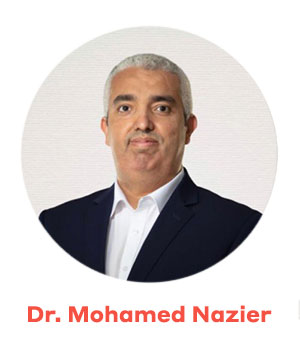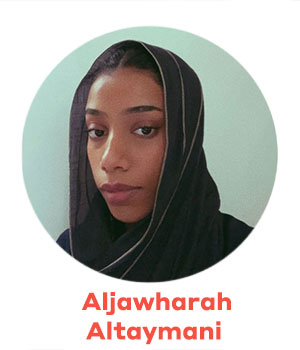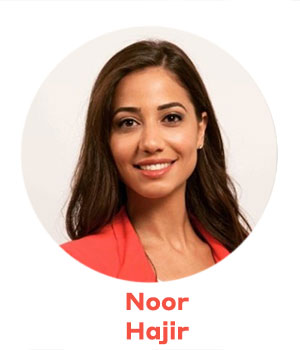Is the future of urban mobility inclusive?
Many global cities, specifically the way they’re designed and how they function, are not inclusive.
Despite breakthroughs in policy and the adaptation of new technologies to create cleaner, more efficient cityscapes, the delicate composition of public service infrastructure that underpins our lives and enables cities to be liveable, functional, safe, and economically viable needs finer tuning.
This inclusivity dilemma extends to mobility and transiency settings, something Dr. Mohamed Nazier, Managing Director – Transport & Infrastructure at WSP Middle East believes need to be re-evaluated in order to achieve a harmonised vision for social inclusivity via the urban transport matrix.
“Investigating the role of gender, inclusion & diversity in urban mobility is the key to better understanding whether minority groups can fully benefit from opportunities offered by cities. The very structures and processes of the urban ecosystem are governed by humans. Hence it is essential for us to design infrastructure and policies that address these aspects of urban mobility if we are to champion equality and improve the way people move from A to B.”
With a rise in technology underpinning intelligent transport systems and modes of transport, Dr. Nazier adds there is also a need to address equality of thinking and collaboration at the masterplanning and design stages of a project to avoid unintentionally biased transport design.
“Emerging technology use cases with Artificial Intelligence and machine learning a harbingers for societal and economic progress. We must evolve cognitive bias in humans and technology to provide inclusive future mobility and drive inclusive journeys.”
In her role as a Graduate Civil Engineer at WSP Middle East, Aljawharah Altaymani adds that overcoming bias in the design and implementation of public transit systems also begins with a shift in mindset and culture.
“Diversity is important not just for diversity’s sake, but because it brings in the skills that move an industry forward. In the transport sector, industry players have recruited and trained more women in various roles – this momentum is driven by the pressing need for technical experts who can navigate sustainability, the energy transition and digital innovation. The increasing numbers of female candidates in transport sector positions highlights that companies are beginning to make gender balance part of their DNA to address future challenges.
“To keep our industry moving forward, we must respect differences and foster environments in which people can bring their ‘whole selves’ to work, provide safe areas for employees to express their concerns, and create an inclusion council with ‘real’ influence and power. The truth is optimal diversity of thinking cannot be achieved without a level playing field for all.”
Goal 11 of the United Nations’ sustainable development goals urges member states to provide safe, affordable, and accessible transportation for everyone, especially to aid the needs of those in vulnerable situations such as women, children, people of determination and elderly persons.
At a macro level, the complex interplay between mobility patterns, socio-economic factors and urban affordances highlights the need for further research to provide valuable insights for policymakers and urban planners at the front-end of any future development.
In her role as WSP Middle East’s Head of Transport Planning & Mobility, Noor Hajir suggests the opportunity for broad and inclusive economic participation in the Middle East could be the bedrock for accelerated access and mobility. However, she adds “we need idea-enabled, diverse perspectives to bridge infrastructure and behavioural gaps”.
“Transit can, at times, be a considerably stressful and even unsafe proposition for many people. To achieve more socio-economic inclusion and encourage a reset of urban mobility, decision makers need to re-think current models of transport and access to create an urban reality that is fit for purpose, but which serves the varied needs of our increasingly diverse populations.
“I believe this starts at the early planning stages, especially when analysing land use in relation to demographic makeup of an area, suburb, or city and its transport nodes. Meaningful design and planning at these critical junctions of thought can heal the urban fabric of a city – but only when combined with legislation that promotes inclusive mobility for all minority groups, as well as which addresses the pain points of last mile travel via operational measures.”
Are you interested in connecting with our contributors? Reach out to them on LinkedIn by clicking their images below.


